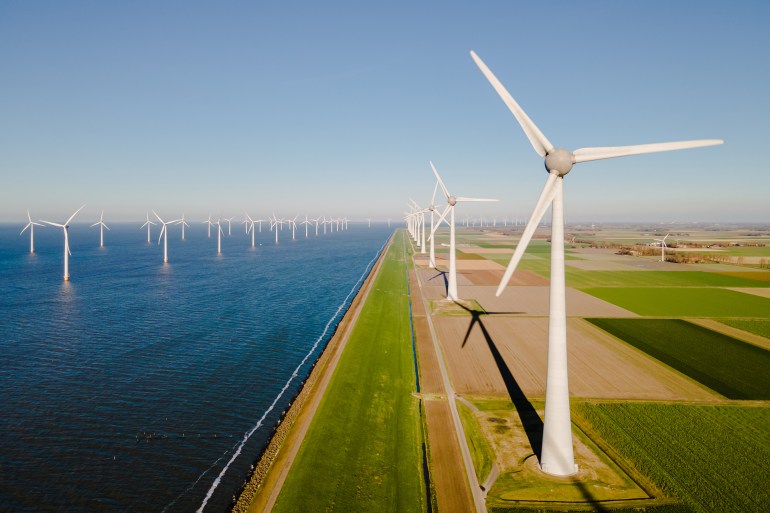The oil and gas industry is witnessing a slow recovery after reaching its lowest levels due to the "Covid-19" pandemic, but spending on oil production around the world is not expected to return to its previous levels.
In a report published by the American Wall Street Journal, writers Colin Eaton and Rebecca Elliott say that the road to the recovery of the oil and gas industry again is still long and full of challenges despite the beginning of the price recovery, in light of the fierce competition with investment in energy. Renewable.
According to Wood Mackenzie projections, global spending on oil and gas production will remain low compared to pre-pandemic levels, until at least 2025, given the pressures that companies face to improve revenues and reduce greenhouse gas emissions.
Experts believe that the oil and gas market will be affected in the long run by increasing levels of investment in renewable energy sources and other clean energy technologies.
In a survey conducted by the Federal Reserve branch in Dallas in the fourth quarter of 2020, a third of oil producers confirmed that they plan to increase expenditures slightly in 2021, while about half of producers said they would continue spending at the same rates of 2020 or less.
Over the next five years, Wood Mackenzie expects global spending on oil to reach a little more than half of what companies invested in the first half of the first decade of this century, and the Covid-19 pandemic has led to a decline in oil investment to Its lowest levels since 2005.
Investment in renewable energies and clean energy technologies is expected to attract 60% of global energy investments over the next decade (Shutterstock)
Investing in alternative energies
This slowdown coincides with investors' search for alternatives to oil and gas, such as solar and wind energy, which have witnessed a significant drop in costs in recent years, and new technologies such as energy storage with batteries.
The International Energy Agency expects that investment in renewable energies and other clean energy technologies will attract 60% of global energy investments over the next decade.
According to the agency, the value of investments in non-fossil fuels is expected to rise to an annual rate of 1.4 trillion dollars, compared to 935 billion dollars for oil, natural gas and coal. The agency expects these investments to account for about two-thirds of global energy spending in the 1930s.
For its part, IHS Markit, a consultancy, expects the demand for non-carbon energies - including nuclear, wind and solar energy - to rise from 9.8% in 2019 to about 13% of demand. Global energy plan by 2030.
Increase spending
According to the two authors, it is not certain whether these shifts will directly affect consumers in the next few years, but a number of experts believe that oil companies will have to increase spending to meet global demand in the coming decades.
The International Energy Forum - the global institution that provides advice to energy importing and exporting countries - stressed the need to raise spending on the oil industry by about $ 225 billion by 2030, in order to avoid high fuel prices that negatively affect economic growth rates.
In a related matter, Rystad Energy, an energy consultancy, expected that it would take at least 80 years to find sufficient supplies to meet global energy demand until 2050 if exploration rates remained as they were during the past decade.
GasBuddy, a website that specializes in energy prices, expects US household spending on gasoline to increase this year, but while remaining at levels lower than it was between 2017 and 2019.
The authors believe that expectations of an increase in electric car sales in the coming years are among the most prominent factors that explain why oil companies continue to spend at low rates.
Deloitte, a professional services company, expects electric vehicle sales to rise to about 32% of new car sales globally in 2030.

